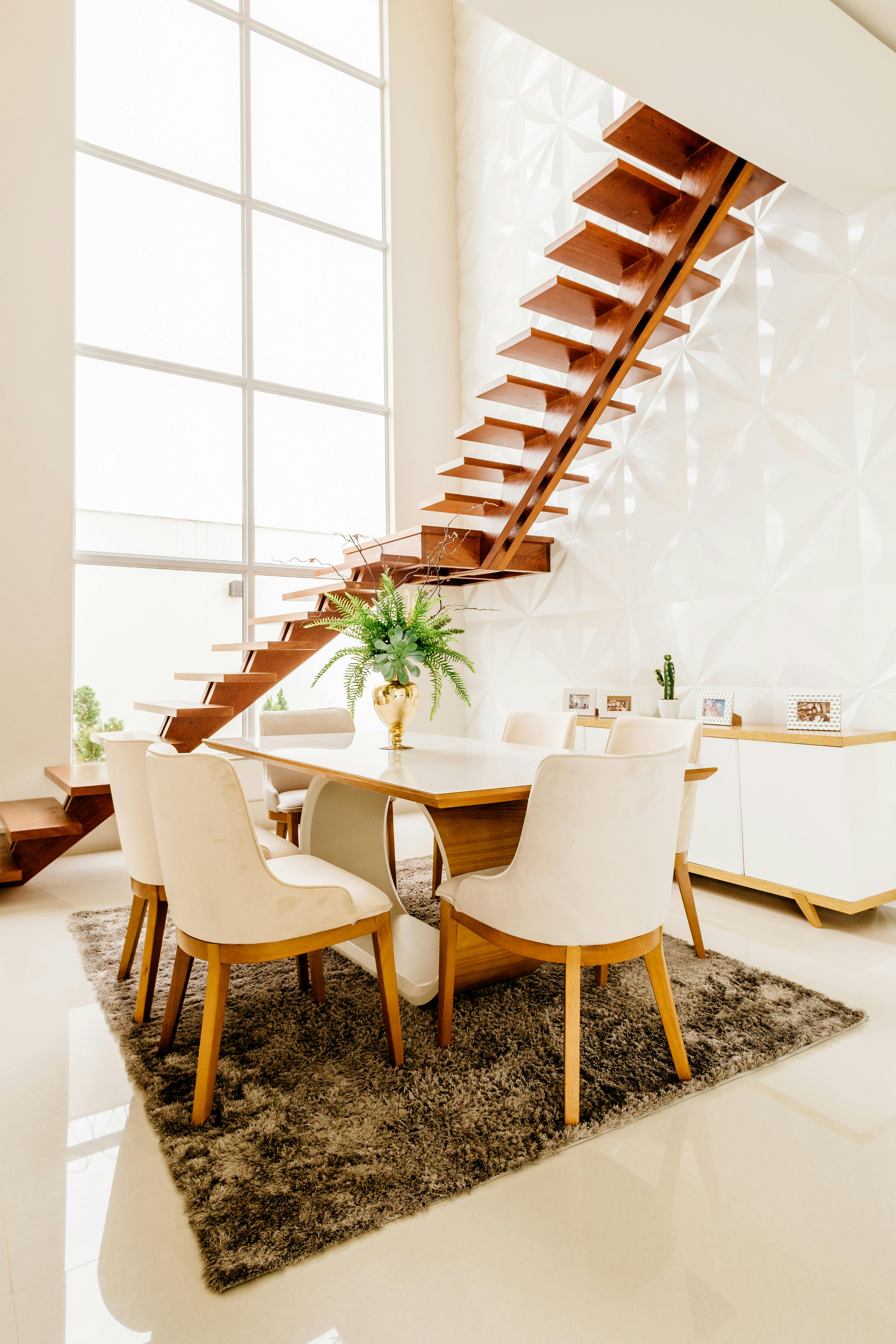How to Choose a Dining Room Set for a Modern Home
A dining room set anchors meals, gatherings, and daily routines, combining practical needs with personal style. Choosing the right set means balancing scale, comfort, and durability while reflecting how you live—whether you host frequently, need family-friendly surfaces, or want a sleek, modern look. This article explains the key elements to consider when selecting a dining room set and offers practical guidance on table shape, chairs, furniture choices, and modern styling.

What makes a dining room set?
A dining room set typically includes a table and matching or complementary chairs; some sets also add a buffet, sideboard, or bench. What defines a cohesive set is consistent material, finish, or design language that ties pieces together. Consider how the materials perform over time—solid wood shows wear differently than veneer or metal—and whether finishes hide or highlight fingerprints and scratches. Proportions matter: the visual mass of the table and chairs should suit the room’s scale so the set feels neither dwarfing nor insubstantial.
Beyond materials and scale, think about functionality. Do you need extendable surfaces for occasional guests? Storage in a sideboard for linens and dishes? A bench can increase seating flexibility for casual homes. Choosing pieces that address both everyday use and occasional needs ensures the dining room set remains practical as well as attractive.
How to select dining room furniture?
Selecting dining room furniture begins with an honest assessment of use and lifestyle. For families with young children or heavy daily use, durable finishes, stain-resistant upholstery, and rounded edges can reduce long-term wear. If you entertain rarely, prioritize aesthetic choices that reflect your taste. Consider maintenance: glass and lacquer offer modern looks but show smudges, while matte finishes conceal wear better.
Measure the space before shopping and leave circulation room around the furniture—aim for at least 36 inches (about 90 cm) between a wall and the chair back for comfortable movement. Also account for delivery and assembly options available through local services or retailers in your area. If mixing new and existing pieces, pick a unifying element such as color, material, or silhouette to maintain cohesion across the room.
Which table shape fits your space?
Table shape affects both function and flow. Rectangular tables are efficient for longer rooms and formal seating arrangements, while round tables promote conversation and work well in tighter or square spaces. Oval tables combine the benefits of both, offering gentler edges and a softer visual profile. Square tables suit small dining zones or can be pushed together for modular layouts.
Consider extendable tables if you need occasional extra seating; leaves add length without permanently occupying floor space. For clearance, leave about 24 inches (60 cm) of tabletop depth per diner as a comfortable guideline for place settings and elbow room. Also think about leg placement—a central pedestal allows more flexible seating than four corner legs.
How to choose dining room chairs?
Comfort and proportion are the two most important chair considerations. Typical dining table height is 28–30 inches (71–76 cm), and seat height commonly ranges around 18 inches (46 cm); aim for roughly 10–12 inches (25–30 cm) between seat top and tabletop bottom for comfortable legroom. Test for back support, seat padding, and how easy the chair is to move in and out.
Material and maintenance matter: upholstered chairs provide comfort but require stain-resistant fabrics or removable covers, while wooden or metal chairs are easier to wipe clean. Mixing styles—for example, two armchairs at the ends and side chairs along the sides—adds visual interest but keep a consistent scale or color to avoid a disjointed look. Consider stackable or lightweight chairs if you need flexible storage or frequent rearrangement.
How to style a modern dining room?
Modern dining room styling emphasizes clean lines, functional design, and intentional contrast. Choose a palette of two to three coordinating colors—neutral walls with a bold accent or natural wood paired with black metal details can create a contemporary feel. Focus on one focal element, such as a distinctive table or pendant light, and keep other accessories understated.
Materials commonly used in modern schemes include matte or natural woods, metal frames, glass tops, and minimal upholstery. Layer with texture through a simple area rug sized to accommodate chairs pulled out, subtle table linens, and restrained artwork. Lighting is essential: a suspension fixture centered over the table improves visibility and anchors the set visually. Aim for balance between openness and warmth so the dining area feels inviting rather than overly sparse.
A dining room set is both practical furniture and a design statement. By matching table and chair proportions to your space, choosing materials that suit your lifestyle, and applying a clear styling approach for a modern aesthetic, you can create a dining area that works for daily routines and social occasions alike. Consider function first, then refine choices with materials and details that reflect how you live.






